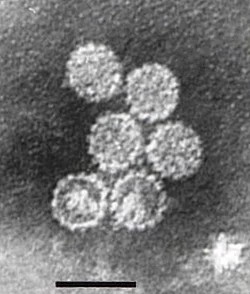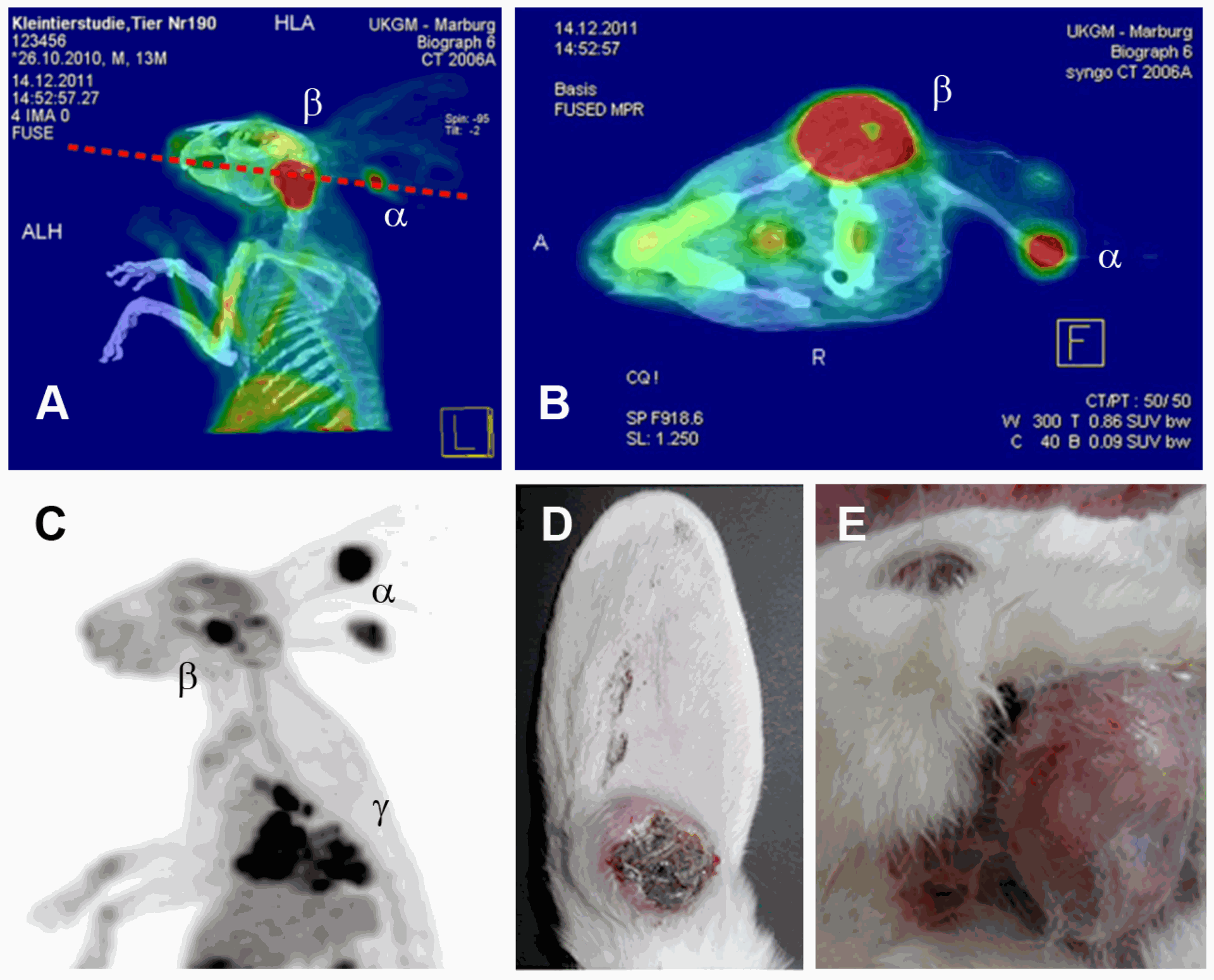1. Overview of the Phenomenon

In Fort Collins, Colorado, residents have reported sightings of wild cottontail rabbits exhibiting hornlike or tentacle-like skin growths, leading to media nicknames such as “Frankenstein bunnies” or “zombie rabbits.” These alarming features are caused by the cottontail rabbit papillomavirus (CRPV)—also known as Shope papillomavirus—a virus first identified in the 1930s by Dr. Richard E. Shope.

2. Virology & Historical Significance
CRPV belongs to the Papillomaviridae family, causing keratinized wart-like lesions that can elongate into horn-like protrusions—particularly during summer months when insect vectors are active. Historically, CRPV contributed to early research linking viruses to cancer, paving the way for the discovery of human papillomavirus (HPV) and its oncogenic mechanisms.

3. Transmission Dynamics
CRPV spreads primarily through ectoparasites like fleas, ticks, and mosquitoes, especially during warmer seasons when vectors’ activity peaks.

4. Clinical Impact on Rabbits
Most wild rabbits combat the infection naturally—the lesions regress over time unless they impair vital functions. Severe cases, especially in domestic rabbits, may lead to complications like eating impairment, secondary infections, or squamous cell carcinoma.

5. Human and Pet Safety Considerations
CRPV is species-specific to rabbits and poses no threat to humans or other animals. Nevertheless, officials advise caution: avoid touching or handling infected wildlife to prevent discomfort to the animal and inadvertent spread within rabbit populations.
6. Folklore Connection
This unusual presentation has been linked to the myth of the jackalope, a legendary horned rabbit. CRPV is believed to have inspired such folklore, merging infectious disease with mythical storytelling.
7. Wildlife Management & Response
Colorado Parks & Wildlife is monitoring these reports, advising the public to keep a safe distance and report sightings for tracking purposes. No intervention is generally needed for wild rabbits. In domestic cases, veterinary care may be necessary depending on lesion severity.